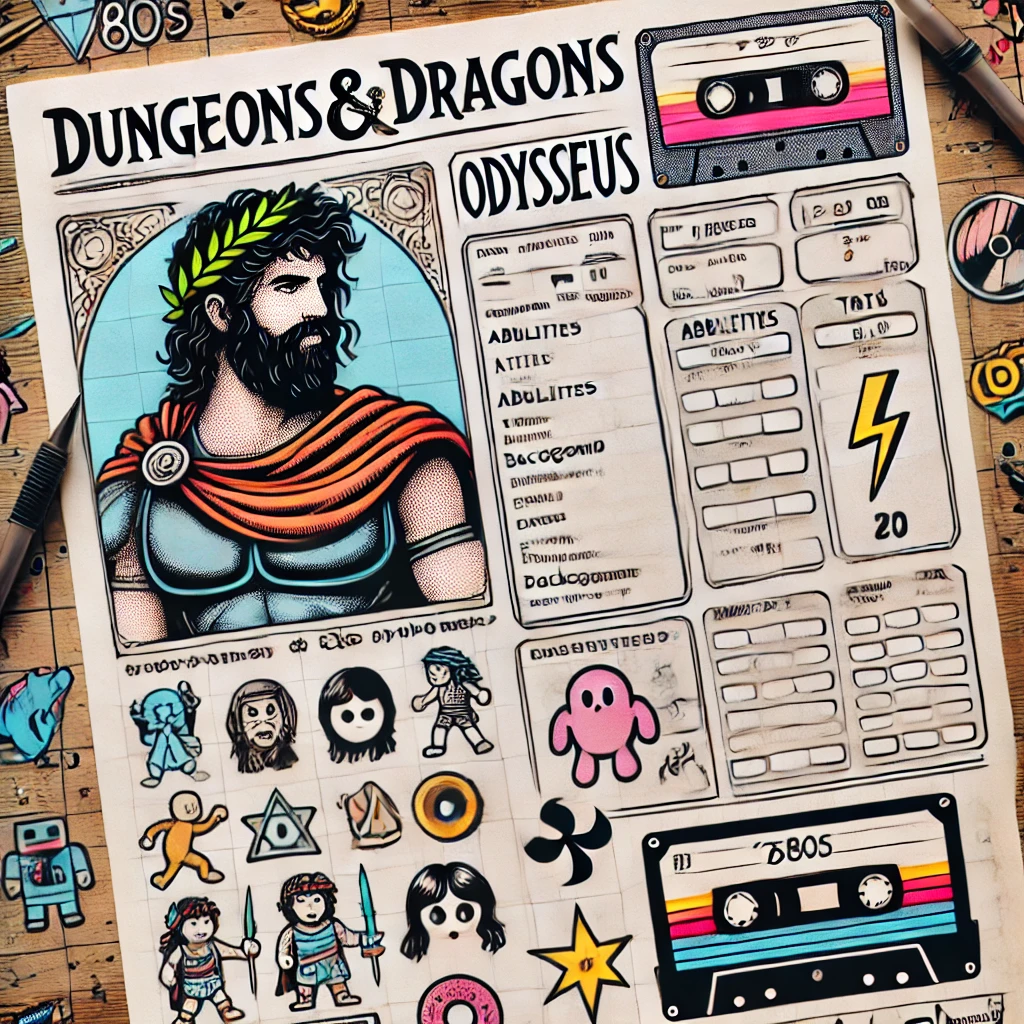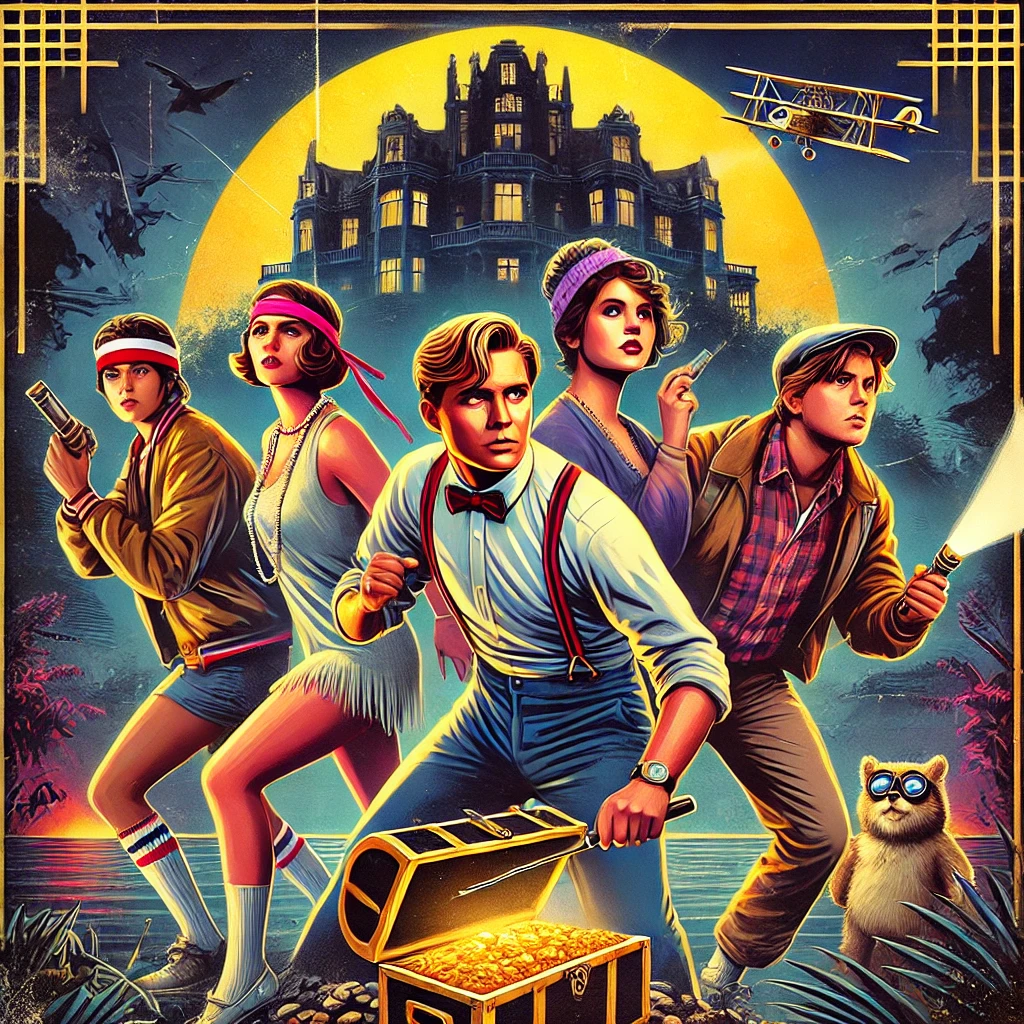
Dear Fellow English Teachers,
Remember when we used to lament that our students just didn’t “get” our cultural references? Well, I’ve got news for you: the times, they are a-changin’ (and yes, some of our students will get that reference too!).
Our students, bless their TikTok-loving hearts, have become time travelers without even realizing it.
We’re living in an age of what I like to call “time-neutral” students. Thanks to the magic of streaming services, YouTube, and Spotify, our Gen Z learners are just as likely to be vibing to Tears for Fears as they are to Taylor Swift. They’re binge-watching Stranger Things one day and diving into The Breakfast Club the next.
This pop culture time warp isn’t just a nostalgia trip—it’s our golden ticket to making classic literature come alive in our classrooms. (And if you’re loving this idea, just wait until you see my free Pop Culture Pedagogy Toolkit!). So, let’s seize this opportunity and dive into the Upside Down of English teaching!
As English teachers, we’re constantly seeking ways to make classic literature relevant to our students.
So, pull up a chair, brew some coffee (or grab a New Coke, if you’re feeling nostalgic), for 10 ways we can use this pop culture time warp to our advantage:

1. Dungeons & Dragons → The Odyssey
Remember how the Stranger Things kids use D&D to understand their wild experiences? That’s our in for The Odyssey! Have your students create a D&D campaign based on Odysseus’s journey. Trust me, they’ll never look at a Cyclops the same way again.
2. The Demogorgon → Grendel from Beowulf
That nasty Demogorgon? Total Grendel vibes. Get your students comparing these monsters and what they represent. Bonus points if they can draw parallels to modern-day “monsters”!
3. The Upside Down → Gothic settings in Wuthering Heights
The Upside Down is basically the ultimate haunted house. Use it to help students grasp the spooky atmosphere in Wuthering Heights. Mood boards comparing the two? Yes, please!
4. Eleven’s powers → The supernatural in Macbeth
Eleven could totally hang with the “weird sisters.” Have your students debate whether her powers would have changed the outcome of Macbeth.
5. Stand By Me friendships → The Lord of the Rings fellowship
The ride-or-die friendships in Stranger Things and Stand By Me are pure Frodo and Sam energy. Get your students analyzing how friendship drives these narratives.
6. Labyrinth mazes → Alice’s Adventures in Wonderland
Both of these are trippy journeys through mind-bending worlds. Have your students design their own literary maze mashing up both stories. It’s like Inception, but with more Mad Hatters.

7. E.T.’s loneliness → The creature in Frankenstein
E.T. and Frankenstein’s creature? Both just misunderstood beings looking for connection. This comparison practically writes its own essay!
8. Red Dawn paranoia → 1984 dystopia
Cold War fears, government conspiracies, constant surveillance – sound familiar? Get your students discussing how these themes in “Stranger Things” echo both “Red Dawn” and “1984.”

9. The Goonies nostalgia → The Great Gatsby and the American Dream
Both are all about chasing the ghosts of the past. The Goonies can be a great entry point to discussing these themes related to the American Dream.
10. Star Wars hero’s journey → Intergenerational Narratives
Star Wars spans multiple generations, showing how the actions of one generation impact the next. This circular structure echoes themes found in works like Things Fall Apart.
11. BONUS:
For even more ways to connect pop culture and classic lit, don’t forget to download my free Pop Culture Pedagogy Toolkit. It’s like the ultimate mixtape for English teachers!
The beauty of this approach is that it meets our students where they are. They’re already analyzing Stranger Things theories on Reddit and creating character playlists on Spotify. Why not harness that energy for Shakespearean soliloquies or Dickensian plot twists?

Our time-neutral students are uniquely positioned to appreciate ALL of this. They’re living in a pop culture melting pot where Dustin from Stranger Things could totally hang out with Holden Caulfield.
So, let’s embrace the chaos! Throw on a Spotify playlist that jumps from synth-pop to sea shanties, pull up some classic quotes next to movie clips, and watch the magic happen. By leveraging these pop culture connections, we can be making classic literature relevant and engaging for our students than ever before.
Want more ideas to make classic literature relevant? Grab my free Pop Culture Pedagogy Toolkit and start engaging your Gen Z readers today!
Enthusiastically yours,
Danielle
P.S. If anyone figures out how to work “Running Up That Hill” into a lesson on Robert Frost’s “The Road Not Taken,” you win teacher of the year in my book!
P.P.S. Did I mention I have a free Pop Culture Pedagogy Toolkit? It’s packed with more ideas to help you ride this pop culture time warp. Grab yours now and let’s make English class the hottest ticket in school!
